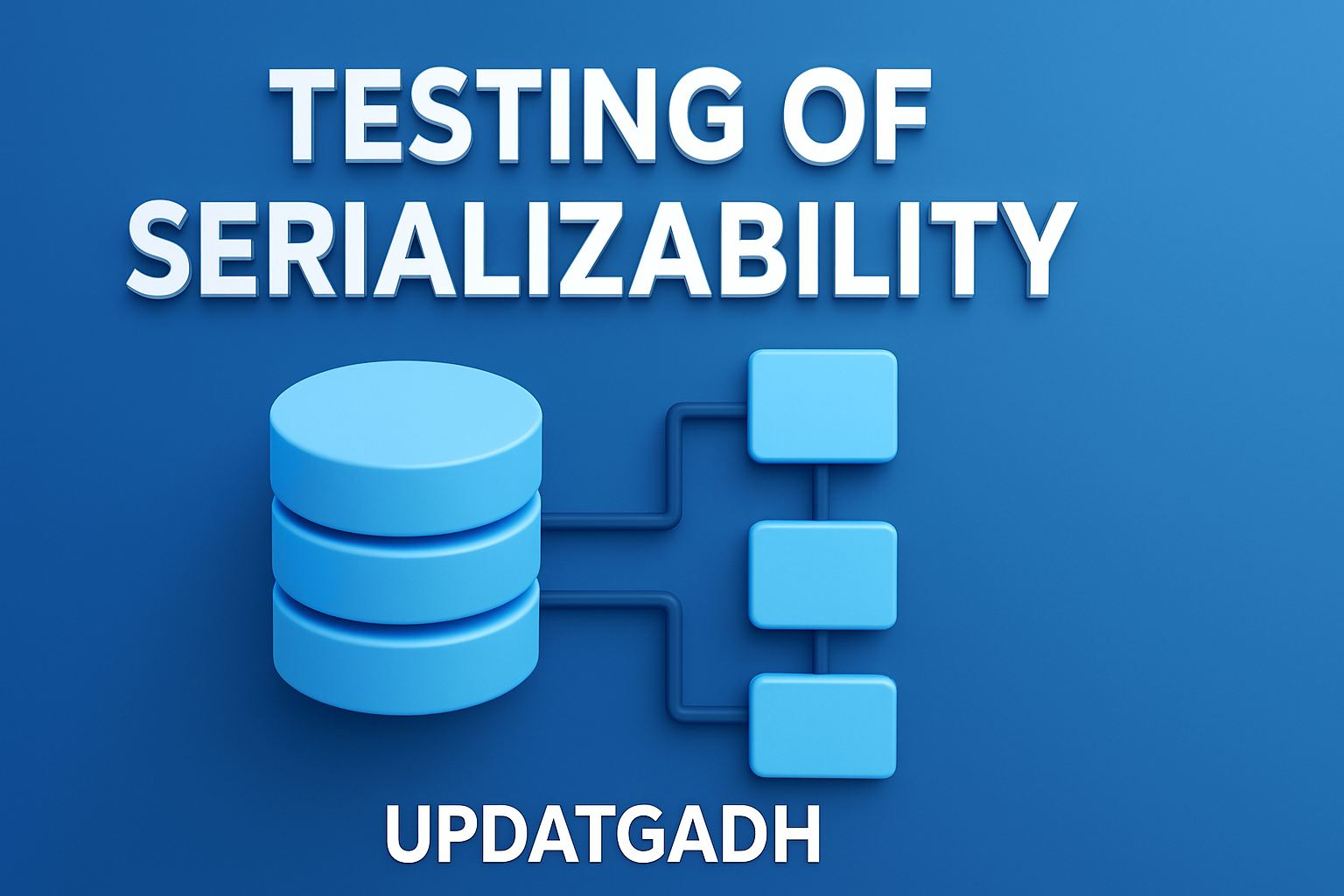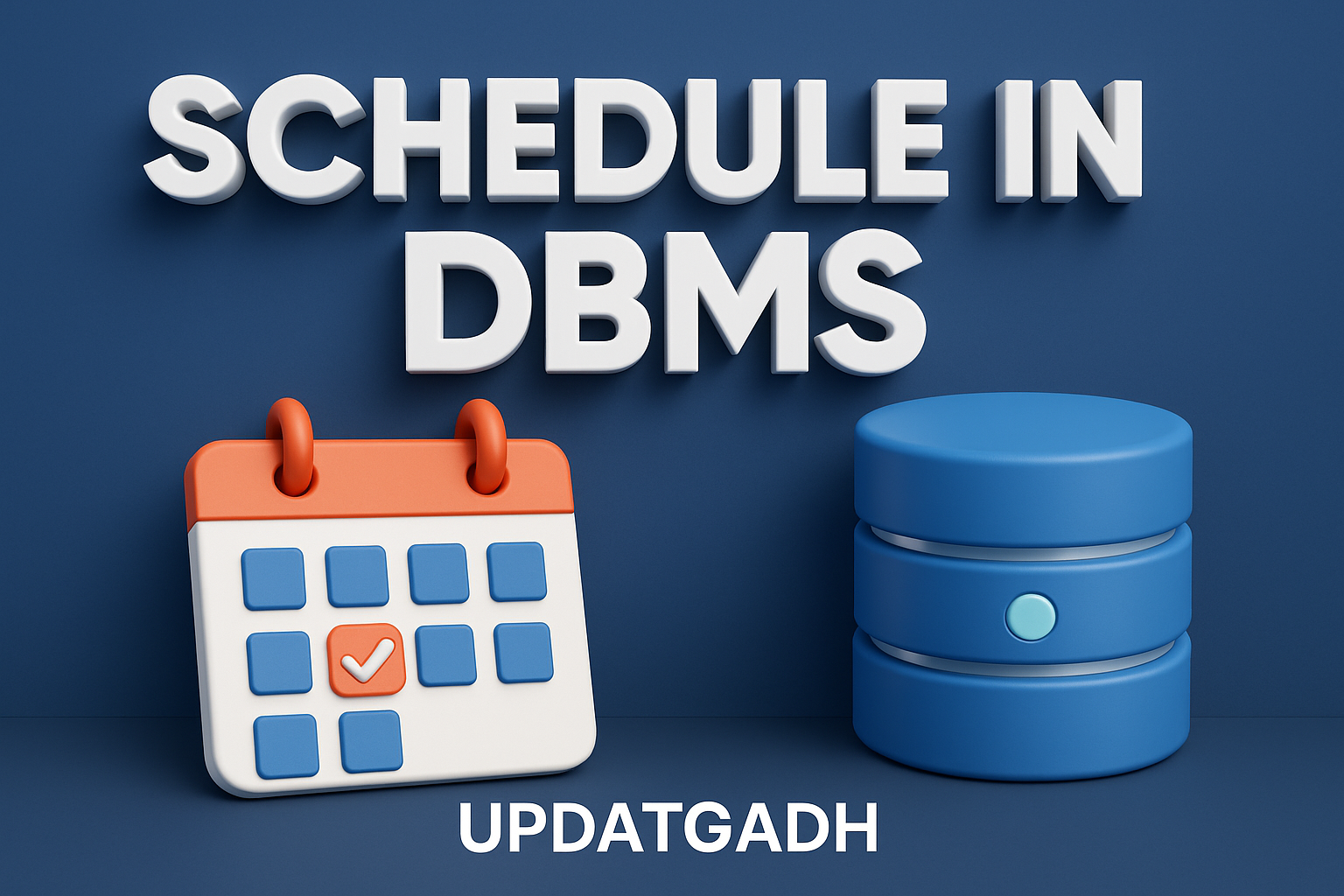

States of Transaction
States of Transaction
Introduction
A series of actions carried out as a single logical unit is called a transaction in a database. Although it is treated as a unified task, a transaction passes through several distinct stages during its execution. Understanding these states is crucial for ensuring data consistency, reliability, and proper recovery in database systems.
DBMS States of Transaction
The various states of a transaction are explained below:
Active State
The active state is the initial state of every transaction. During this stage, the transaction is actively executing its operations.
Example: Inserting, updating, or deleting a record occurs while the transaction is active. None of the modifications are yet stored in the database permanently.
Machine Learning Tutorial:–Click Here
Data Science Tutorial:-Click Here
Complete Advance AI topics:- CLICK HERE
Deep Learning Tutorial:- Click Here
Partially Committed State
When a transaction completes its last action but before the modifications are permanently stored in the database, it enters the partially committed state.
Example: In a total marks calculation scenario, displaying the final marks occurs in the partially committed state. Although the transaction has finished, it has not yet been completely committed to the database.
Committed State
When all of a transaction’s actions are completed successfully and the results are stored in the database in an irreversible manner, the transaction is said to be committed. This condition guarantees that the modifications are permanent and unchangeable.
Failed State
If a transaction encounters an error during execution or violates database constraints, it moves to the failed state.
Example: In the marks calculation scenario, if the database fails to fetch the required records, the transaction cannot complete successfully and enters the failed state.
Aborted State
To preserve database consistency, the database recovery mechanism reverses the modifications made whenever a transaction reaches a failed state.This process is known as aborting the transaction. After aborting, the system can either:
- Restart the transaction, or
- Kill the transaction entirely
If the transaction fails in the middle of execution, all partial operations are undone to restore the database to its previous consistent state.
Terminated State
The terminated state is the final stage of a transaction. A transaction enters this state after completing its life cycle, either successfully (committed) or unsuccessfully (aborted).
Transaction Lifecycle in a Database
When a transaction starts, it performs its initial operation and enters the active state. Upon completing the last operation, it enters the partially committed state, prompting the DBMS to reflect the changes.
Between the partially committed and committed states, failures such as hardware or logical errors may prevent changes from being fully propagated. This can force the transaction into a failed or aborted state. Failed or aborted transactions may be restarted automatically or resubmitted by users.
To provide control over transactions, many data manipulation languages offer commands such as COMMIT and ROLLBACK, allowing users to define transaction boundaries. Without these commands, the DBMS would handle all operations automatically as a single process.
Complete Python Course with Advance topics:-Click Here
SQL Tutorial :-Click Here
Download New Real Time Projects :–Click here
states of transaction in dbms
states of transaction in dbms diagram
properties of transaction in dbms
transaction state diagram
aborted state in dbms
partially committed state in dbms
acid properties of transaction in dbms
transaction states in dbms with examples
states of transaction example
states of transaction pdf
how many states of transaction










Post Comment